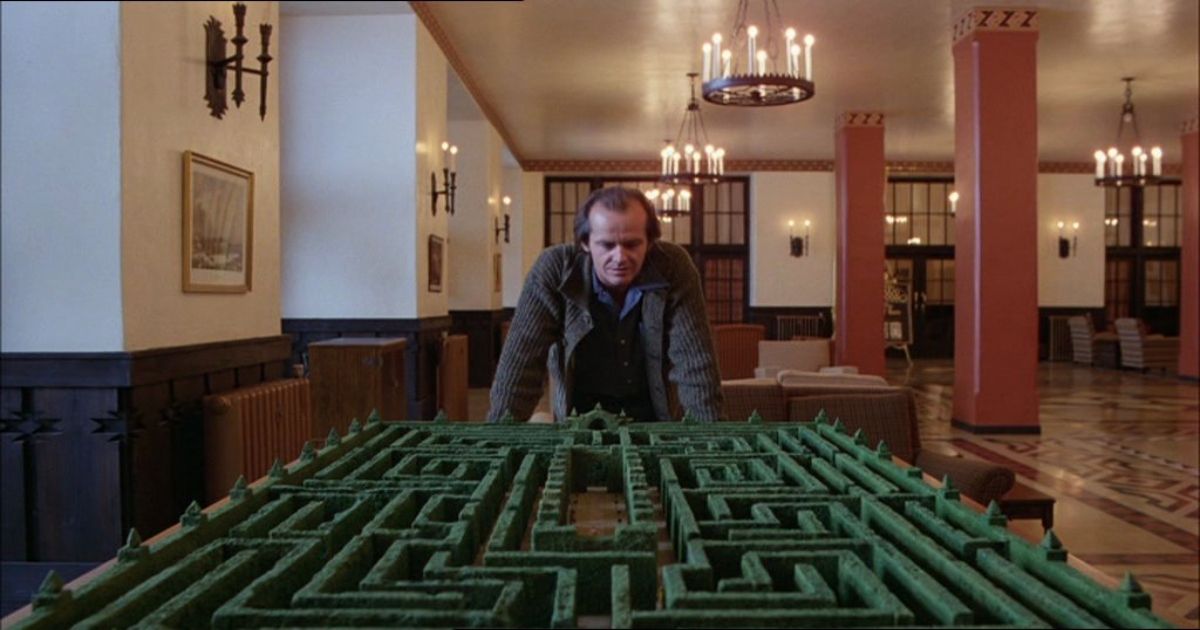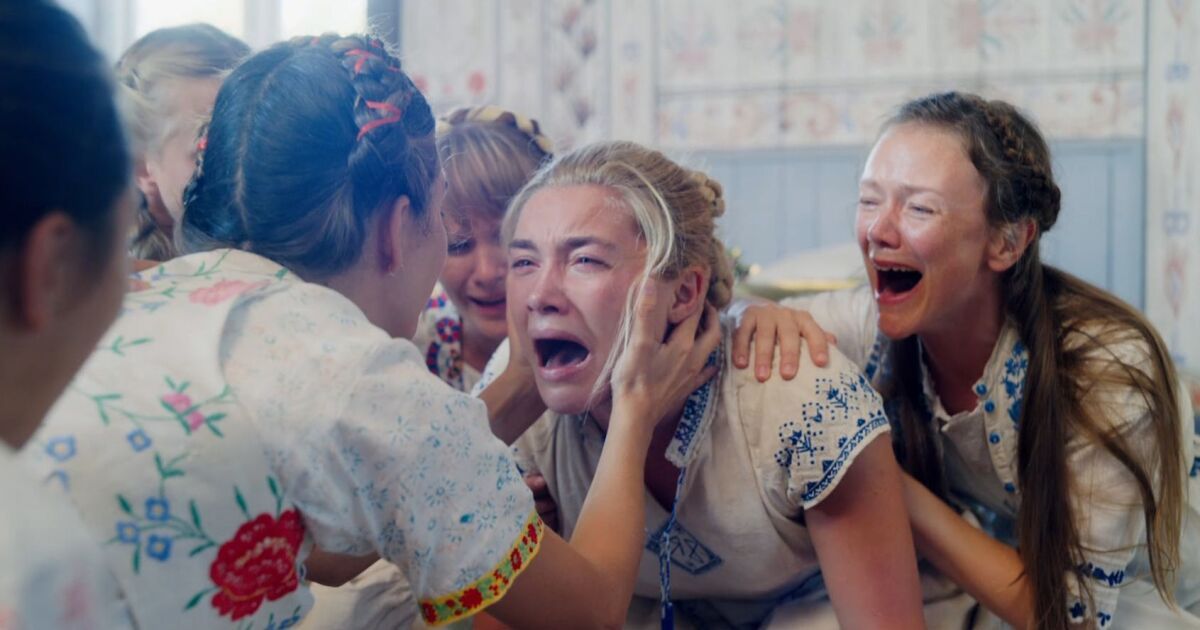Scary movies, and horror stories in general, are a great way to externalize a fear that can be common to various people, or even to a small part of the population. When monsters, ghosts, or even serial killers represent the audience's deepest fears, the stories become a good way of dealing with trauma. The relationship between horror movies and mental health was actually studied, and it was proven that these movies can help people with anxiety and depression. The controlled environment of it being fiction (and thus can't hurt you) also creates a sense of safety for the viewer. There are of course cases where horror movies actually worsen the person's state, so beware and do the proper research on the matter, and get help if you need it.
Depression and mental health, in general, has become a recurrent theme in recent horror movies, such as Alone with You, but they've been present in the genre for quite some time, as in the 1963 film The Haunting. Horror can emulate a lot of dark feelings by giving it a form, or simply creating an atmosphere to explore it that is unlike any genre. These are the best scary movies that talk about depression.
The Lodge
The Lodge is a movie about trauma, religion, and the idea of perfection. It also makes a statement about women having to negate their feelings (mostly because of societal pressure), and the dark consequences it may bring. The movie uses different elements, such as the cold weather, as a way of representing the dark mental state of one of the characters. The 2020 film is an uncomfortable one to watch, but a story that is needed.
The Seventh Victim
The 1943 production is a black and white movie that depicts depression in a very careful way, with a woman searching for her suicidal sister who has become involved in a Satanic cult. It is interesting to see an older movie deal with these topics few filmmakers were interested in at the time (not to mention how it deals with Satanism). The Seventh Victim also shows the depths people will go to try to feel better, even if that means joining something as destructive as a cult. It's a moody, brilliant film from Mark Robson and Val Lewton.
Carrie
What happens when you push someone beyond their limit? When they are humiliated (at home and school), constantly harassed, and don't have a single friend? Carrie White knows what happened, and her deceased family members and classmates also do. Carrie was a torturous film that sided with the outcasts, and presented the pains that come with being abused and mistreated.
It hurts the audience to see how alone she is and how much she suffers at the hands of people around her. A sad tale about a misfit that ends with blood, Carrie goes even further than talking about depression: it shows what happens (with a twist that only King could come up with) when someone stops being seen as a human being.
The Babadook
Jennifer Kent's first feature film, The Babadook, became synonymous with horror movies that deal with depression. The protagonist is a recent widow who is trying to get by with her son. The production design is mostly set in deep shades of gray, black, and white, creating a dull world that reflects her inner state. While also discussing motherhood and how to raise someone if you have yet to deal with a huge trauma, The Babadook is a powerful and scary story that goes beyond jump scares and a terrifying monster.
Hereditary
Ari Aster's brutal first movie takes a dark take on grief and depression and asks: what if people cannot overcome it? What if there's no light at the end? With the impressive, dark cinematography and superb acting, the director was able to tell a story that ultimately becomes so disturbing that it may be too much for various audiences. There are ghosts, blood, excellent jump scares, and a story that quickly turns into one of your worst nightmares. Hereditary is not for everyone, but it is an important example of a different view on this mental health disease that affects many people worldwide.
Antichrist
In 2009, Danish director Lars Von Trier shocked the world with his movie Antichrist. A part of the unofficial 'depression movie trilogy,' which also includes Melancholia and Nymphomaniac, Antichrist is a dark movie about a couple coping (very differently) with the loss of their son.
The movie dives deep into the ugliness and violence that depression and grief can turn into. The cinematography, the audio design, and every creative choice enhance the descent into the madness that is the core of the narrative. It should be warned: there are graphic scenes in the movie (sexual and violent, and an awful mix of the two), and the audience is not spared from the despair the characters are experiencing.
The Shining
Kubrick's timeless classic, The Shining is perhaps the most acclaimed adaptation of the beloved horror author Stephen King. A story about domestic abuse, loneliness, and how to mend (or not) a broken family, The Shining is probably one of the most cherished horror movies ever made.
Jack Torrance (and to some extent his wife) is suffering from depression, and the frustration of not being able to write or connect with his family leaves the doors of his mind open for the ghosts of the Overlook Hotel to enter and play. The film perfectly depicts what it's like when you're alone with your awful thoughts.
Midsommar
Ari Aster's second feature Midsommar deals with many mental health-related subjects, which appears to be a staple of the director's body of work. After a tragedy occurs in Dani's family (which was also related to mental health), the young woman becomes depressed. Her struggle to deal with grief and her emotions while also trying to maintain her dying relationship, which is the only one she has left, is grueling to watch. The core of the movie is embedded in her quiet suffering, which is very common when someone is struggling with depression.

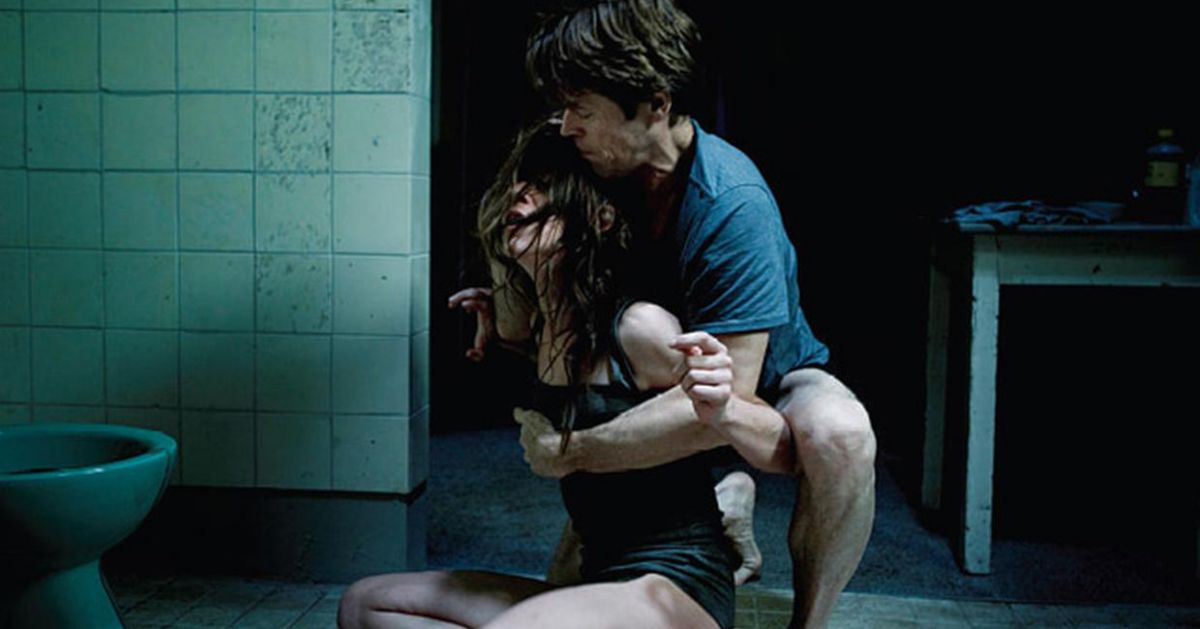
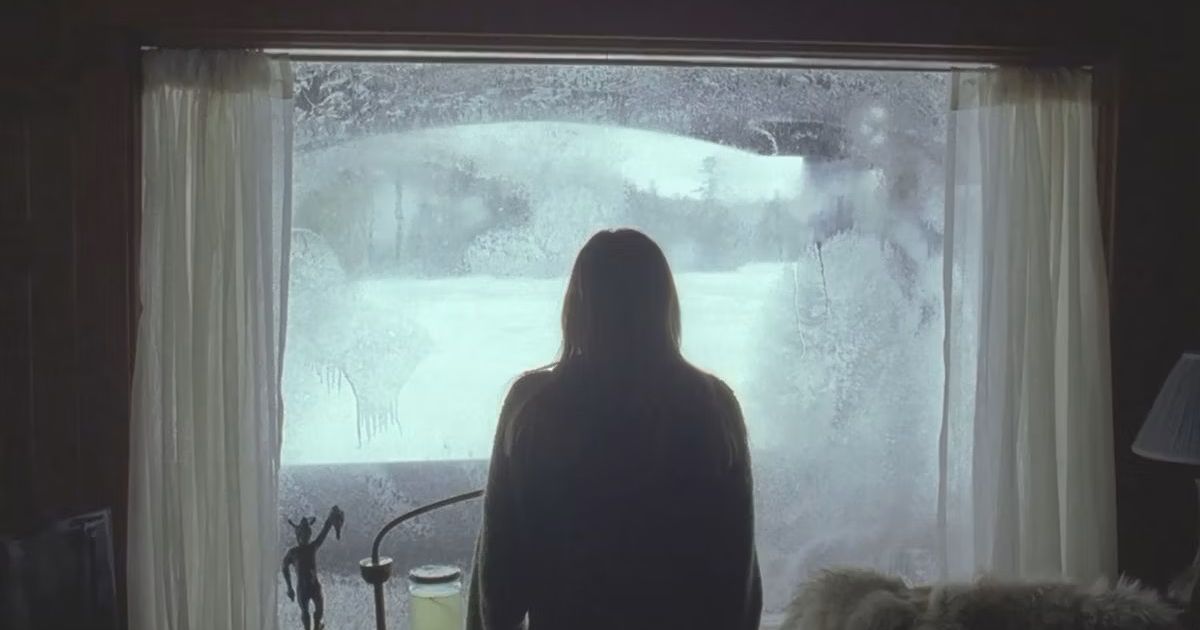
.jpg)

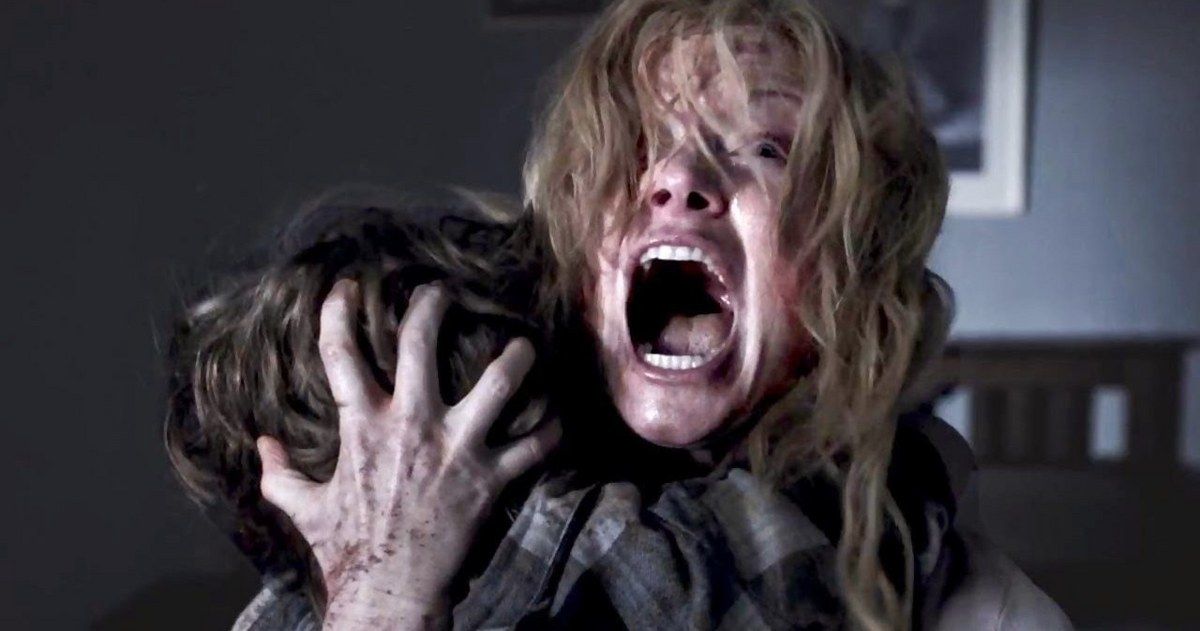
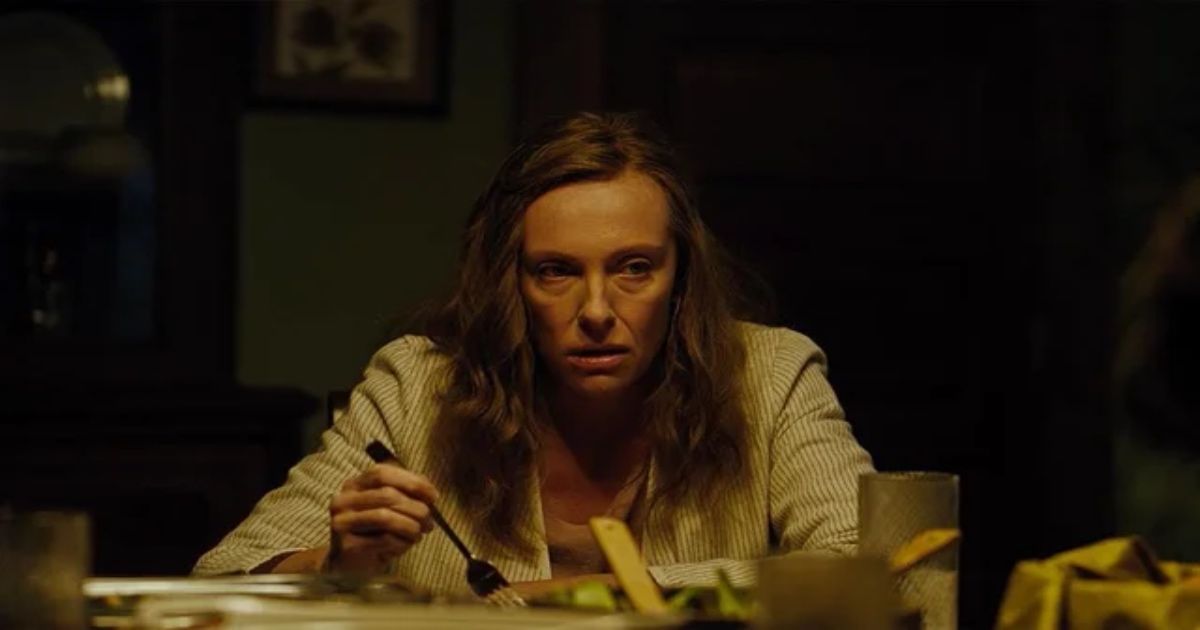
.jpg)
